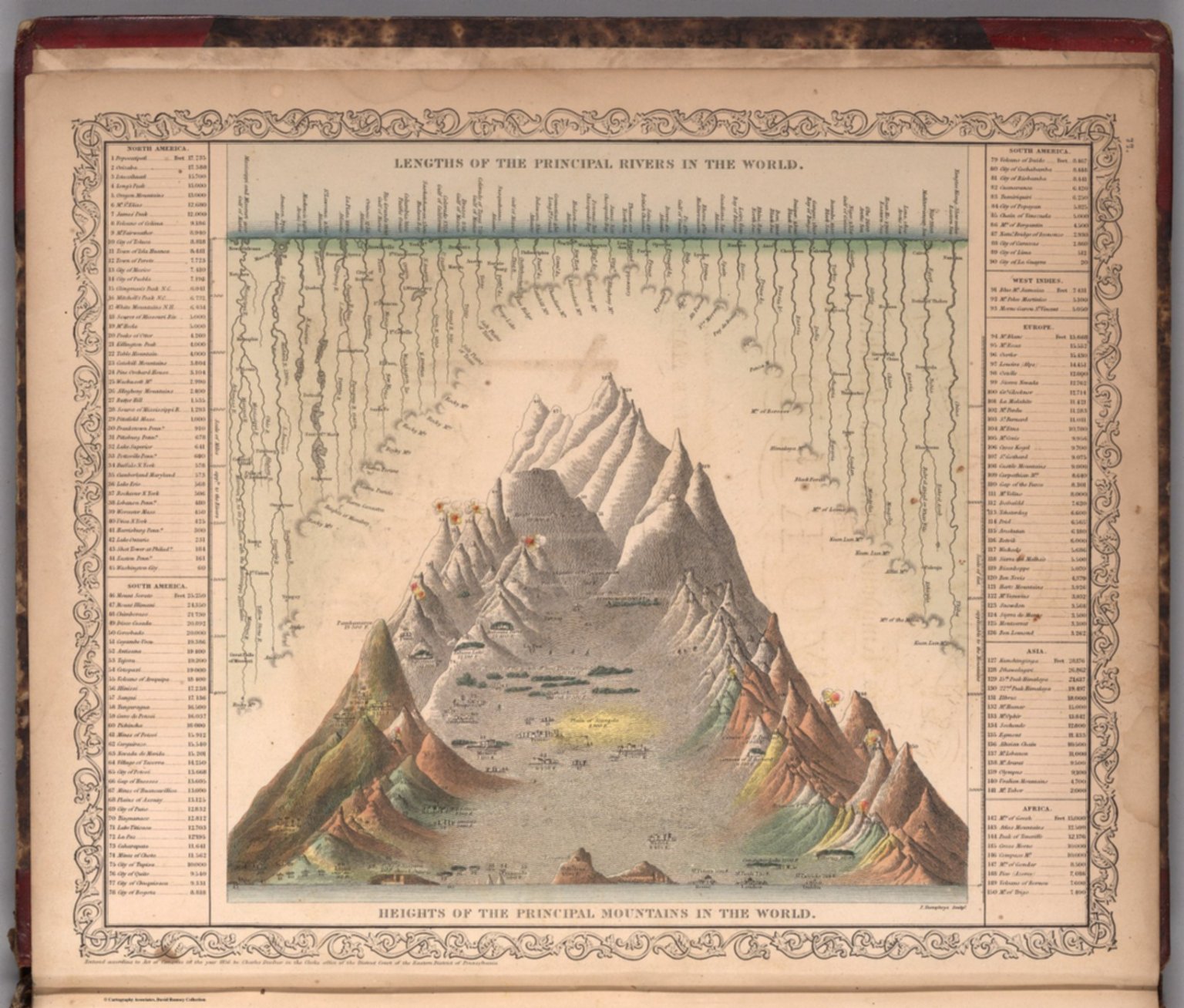1. On the Corr\'adi-Hajnal Theorem and a question of Dirac
- Author
-
Kierstead, H. A., Kostochka, A. V., and Yeager, E. C.
- Subjects
Mathematics - Combinatorics ,05C15, 05C35 - Abstract
In 1963, Corr\'adi and Hajnal proved that for all $k\geq1$ and $n\geq3k$, every graph $G$ on $n$ vertices with minimum degree $\delta(G)\geq2k$ contains $k$ disjoint cycles. The bound $\delta(G) \geq 2k$ is sharp. Here we characterize those graphs with $\delta(G)\geq2k-1$ that contain $k$ disjoint cycles. This answers the simple-graph case of Dirac's 1963 question on the characterization of $(2k-1)$-connected graphs with no $k$ disjoint cycles. Enomoto and Wang refined the Corr\'adi-Hajnal Theorem, proving the following Ore-type version: For all $k\geq1$ and $n\geq3k$, every graph $G$ on $n$ vertices contains $k$ disjoint cycles, provided that $d(x)+d(y)\geq 4k-1$ for all distinct nonadjacent vertices $x,y$. We refine this further for $k\geq3$ and $n\geq3k+1$: If $G$ is a graph on $n$ vertices such that $d(x)+d(y)\geq 4k-3$ for all distinct nonadjacent vertices $x,y$, then $G$ has $k$ vertex-disjoint cycles if and only if the independence number $\alpha(G)\leq n-2k$ and $G$ is not one of two small exceptions in the case $k=3$. We also show how the case $k=2$ follows from Lov\'asz' characterization of multigraphs with no two disjoint cycles., Comment: 23 pages, 8 figures
- Published
- 2016
































